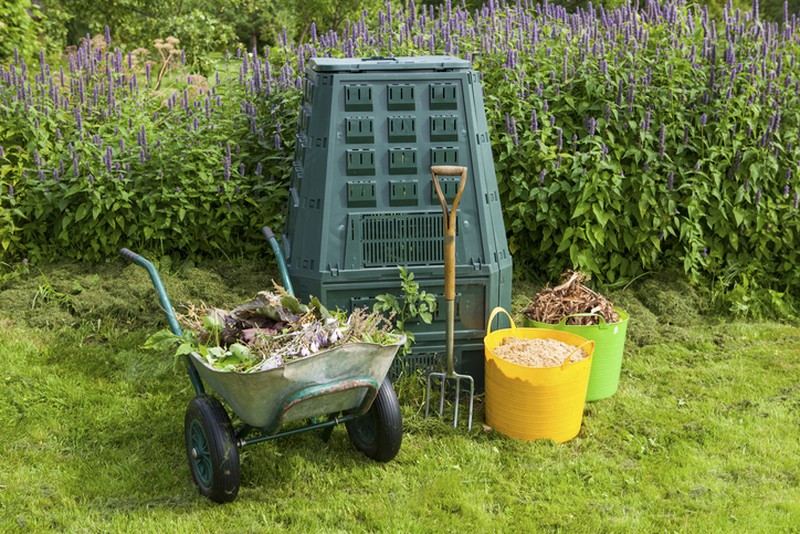Details to consider when choosing a composter
When you use a composter you are recycling the organic waste produced in your home, garden or orchard, to improve the quality of the soil in those places where your most precious plants grow. Using organic waste to turn it into natural fertilizer is the easiest way to help protect the environment by restoring the nutrients needed for soil fertility.

The composter consists of an enclosed space where organic waste is transformed into a heterogeneous-looking material, known as compost, dark brown in colour and with a characteristic smell of rainforest soil, although its consistency is dry. This compost, recreated at home, will enrich the natural humus in the soil and favour the growth of healthy and strong plants. To obtain a compost suitable for application, 3 to 4 months must have passed since the beginning of the process; if the components are crushed or chopped, the faster the decomposition process will be completed.
For the decomposition process to be successful inside the composter, the Brycus advice I give you is to watch very well the residues you are going to introduce in it. You must place dry waste such as dry leaves or branches cut into pieces, ash, paper or cardboard, eggshells, among others; wet waste such as vegetable or fruit remains, green or fresh pruning and any fresh organic waste. Never place plastic, domestic excrements, materials with chemical additives or varnishes, or oils or fats. You must place them alternately in layers: the first layer should be of dry material, with a thickness of 15 to 20 cm, then a wet or green layer of double thickness, and so on until completing the height of the composter; it is advisable to add some soil from the garden to promote aeration of the whole. Finally you should spray it lightly to obtain adequate moisture for the development of microorganisms that will intervene in the decomposition process.





Our customers trust us
Opinions of our clients
Receive our news